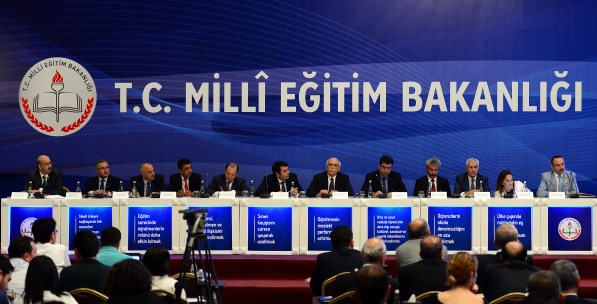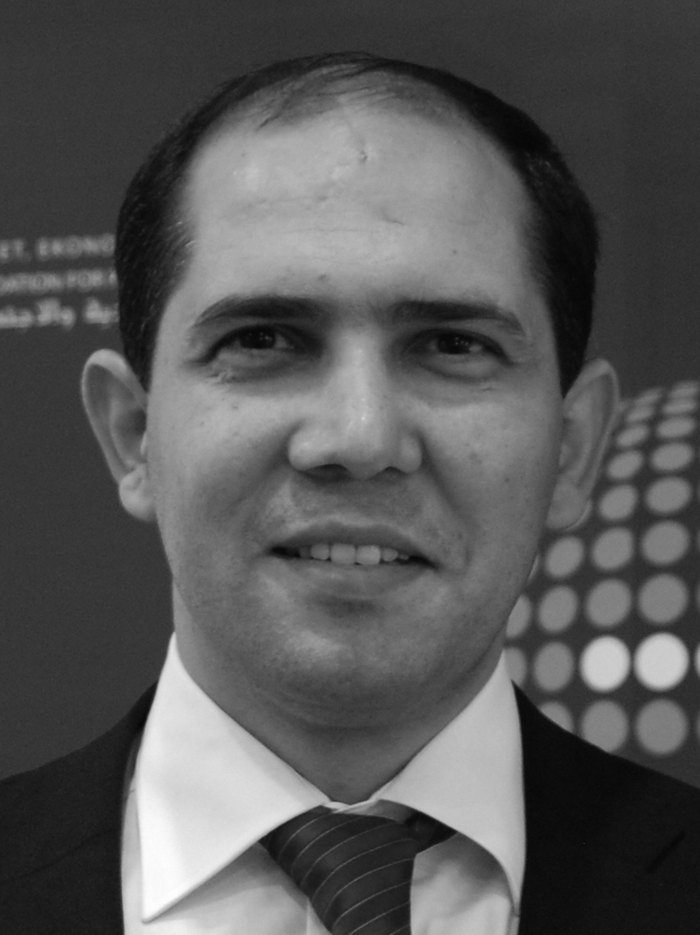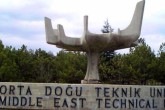Turkey has made significant progress in a wide range of areas from law to health, from economy to transportation in recent years. Similarly, as the tutelage over politics has weakened, political and social life has normalized. Accordingly, we have witnessed a great leap forward in education in the last decade. Remarkable improvements have taken place particularly in the schooling rate at every level from preschool to higher education. Myriads of new schools and universities have been opened to meet the demand in education. Turkey’s many quantitative indicators of access to education approached to the OECD average. But more importantly, Turkey has not only focused on access to education but also increased the quality in education. The latest World Bank report titled “Promoting Excellence in Turkey’s Schools” (March 2013) praised the country for simultaneously accomplishing both quantitative and qualitative improvements. The higher education system has grown as the competition of providing high quality education among institutions heats up. Moreover, students and faculty members now have more options. The application of different coefficients for students at university entrance exams and the headscarf ban in universities were lifted. Furthermore, with the introduction of the new 4+4+4 system some of the social demands, such as introducing elective religion courses and Kurdish courses, have been met. Despite these improvements, Turkey has failed the stability in transition to high school in particular and the system has undergone significant changes three times in the last decade.
CHANGE FATIGUE
After the Minister of Education Nabi Avcı announced last week the new transition system for the admission of students to high schools, advantages and disadvantages of the new system were discussed in detail and the discussion will probably go on for a while. Although the discussion seems to be revolving around the technical details of the new system, what the public opinion does not understand is the frequent changes in the examination systems. The problem is a kind of “change fatigue” caused by constant changes rather than what this new change has brought.
The new system, without a doubt, offers significant advantages and new regulations aim to improve the education system. Introducing multiple exams instead of one renders the scoring healthier and more valid. This system gives students a chance for a make-up test if they do poorly due to humanly understandable reasons such as sickness. All these advantages will probably reduce the stress of an exam by extending it over a period of time. On the other hand, 12 examinations and make-up exams run the risk of creating logistical difficulties such as difficulties in replacement of teachers, preparing examinations and maintaining the security. The Ministry of Education is required to allocate more resources and personnel for the organization of these works to eliminate risks.
Another problem with the transition to high school is related to the fact that students are required to take an enrolment exam in high schools. As of this year, almost half of the secondary school graduates took the high school entrance exam and enrolled in high schools according to their exam scores. This placement system is extremely ineffective as it is materially and spiritually inconvenient. Therefore, to lower the number of high schools, which require students to take high school entrance exam to enroll, is still needed in order to reduce the transition pressure. Furthermore, the Ministry of Education should carry out works and studies to eliminate differences in quality among high schools.
“LET EDUCATION BECOME SUPRA-POLITICAL”
People, at times, argue that education system should become supra-political, in good faith or not, given the recent criticisms such as “education system keeps changing” and “education system has turned into a magna doodle.” As we know from the periods of the militar



